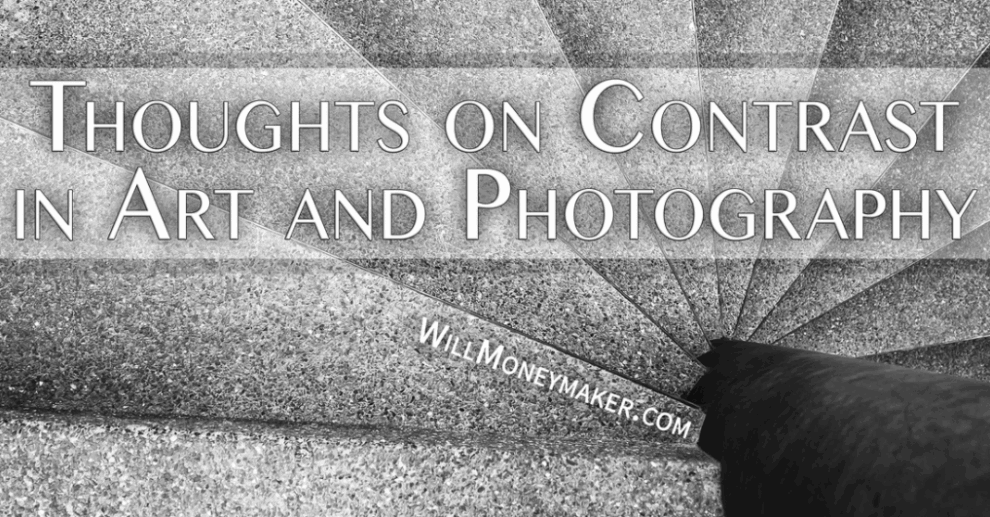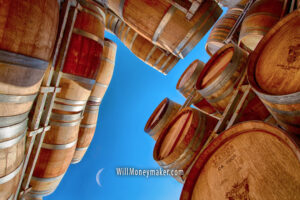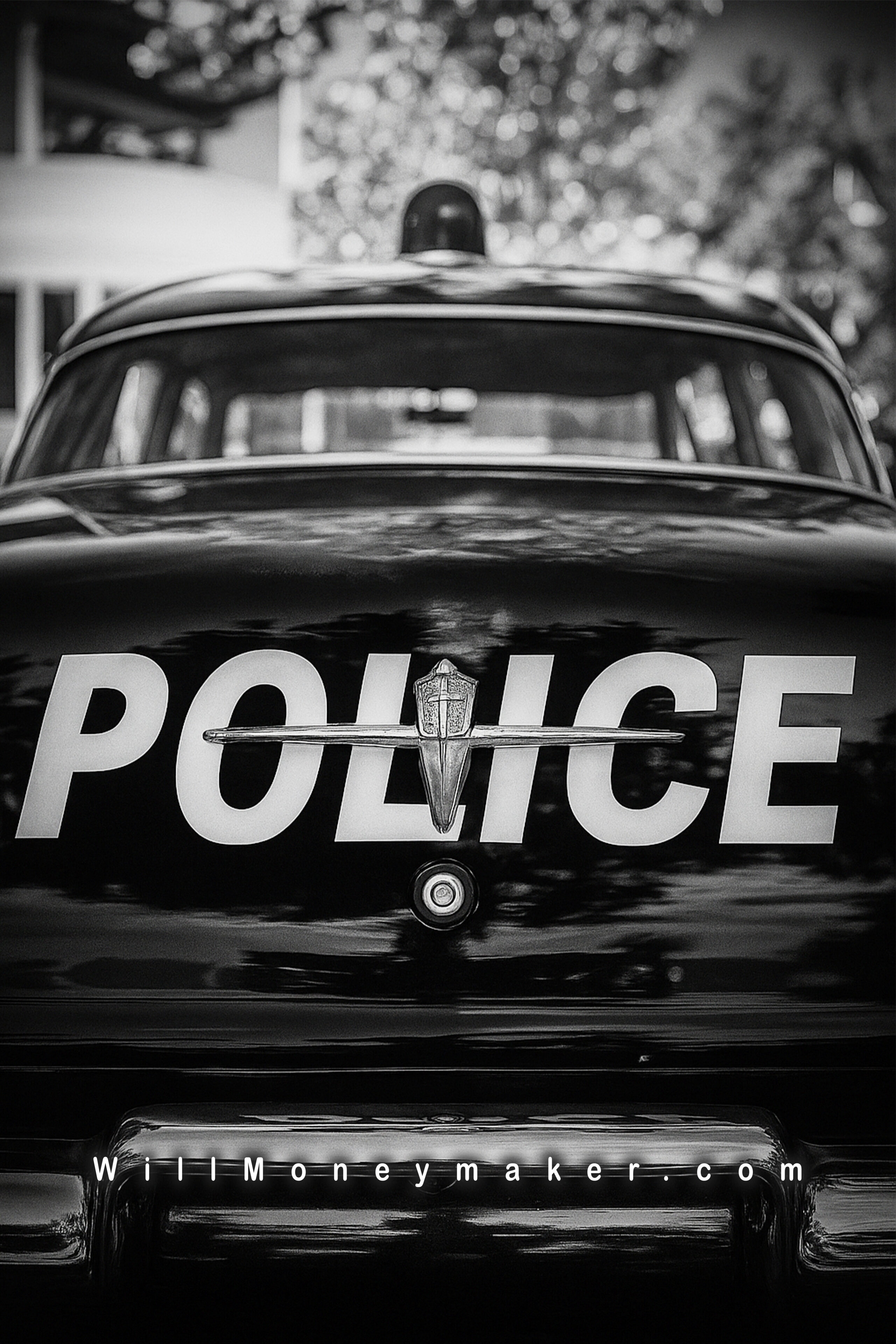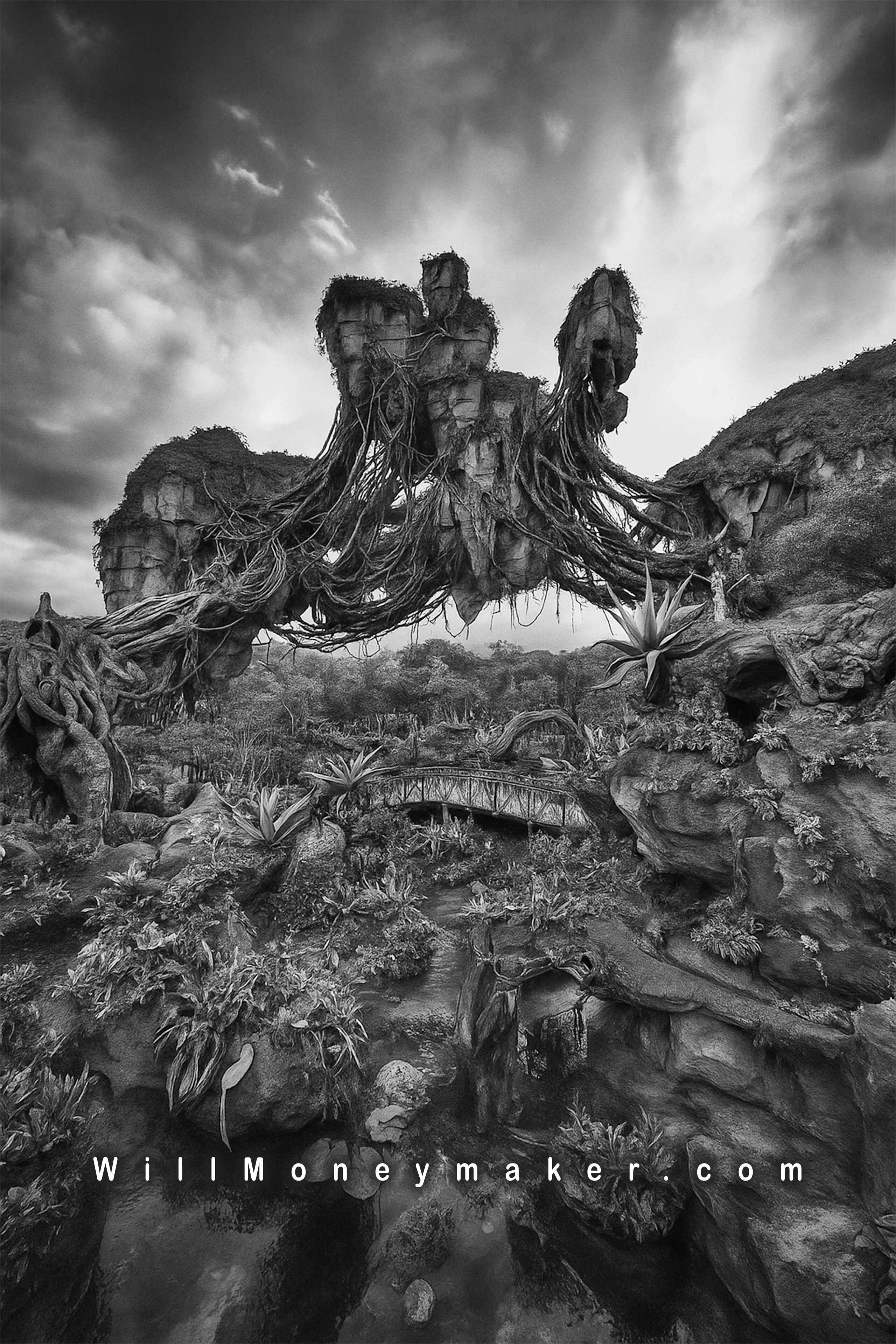Whether you’re a painter or a photographer, the first thing that comes to mind when you think about contrast is the difference between dark and light. In black and white photography, that means the stark differences between the dark values of your scene and the lighter ones. For color imagery, contrast can mean a couple of different things: the darkness or lightness between brightly lit or dimmer areas, or the contrast between colors.
As you compose images, it’s important to think about contrast, not just in terms of dark and light, but in other ways, too. Color contrasts are one great way to add life to your images, and you don’t even need to resort to opposite ends of the color wheel (like red sandstone against green foliage) to add interest to your images. Colors that are closely related, such as green and yellow or green and blue, can make beautiful contrasts. You can also use the contrasts between varying shades of the same colors to great effect — a new, bright green leaf against older, darker leaves, for instance.
But beyond light and dark and beyond the differences between colors, there are still more types of contrasts that you can work with. To use the contrasts that I’m referring to, you’ll need to look deeper than the mechanical aspects of your art. Here are some examples of the contrasts that can make images meaningful.
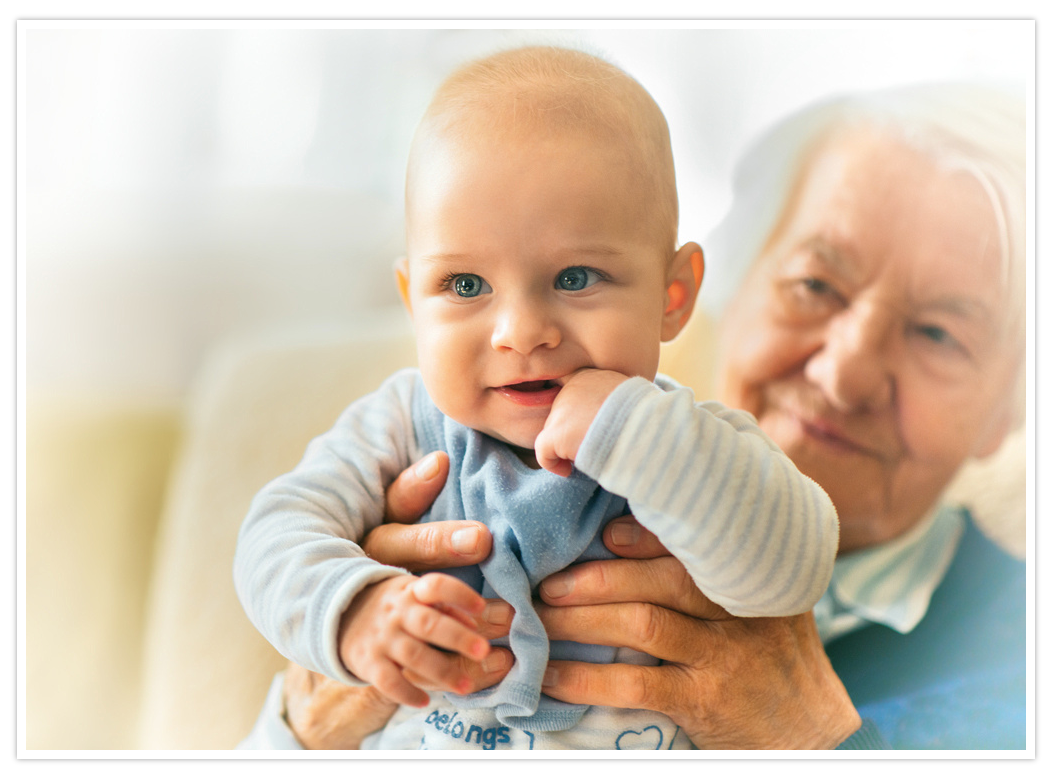 Contrasts in Theme
Contrasts in Theme
There is something special about an image of an infant in her grandmother’s arms, even if you’ve never met the people in the image. You don’t know these people, and therefore the image doesn’t hold any particular familial sentimentality for you, so what is it about the image that evokes so much emotion? It’s the contrast between the ages — one person, who is just beginning her journey in life, and another who has years upon years of experiences to share.
Age contrasts aren’t all about people, however. Consider age differences no matter what you’re photographing. For instance, the difference between a newly built office building sitting next to a cathedral that has been exposed to sun, wind, and rain for the past 200 years, or the difference between bright green leaves against last year’s old, withered foliage. In everything that you photograph, age contrasts can add something for the viewer to think about — a way for them to make comparisons between your two themes.
The contrast between young versus old isn’t the only thematic contrast you can put to work in your images. Contrasts between nature and industrialization, organic versus artificial or high-tech compared to primitive are all excellent examples of the ways you can use two themes to make a statement.
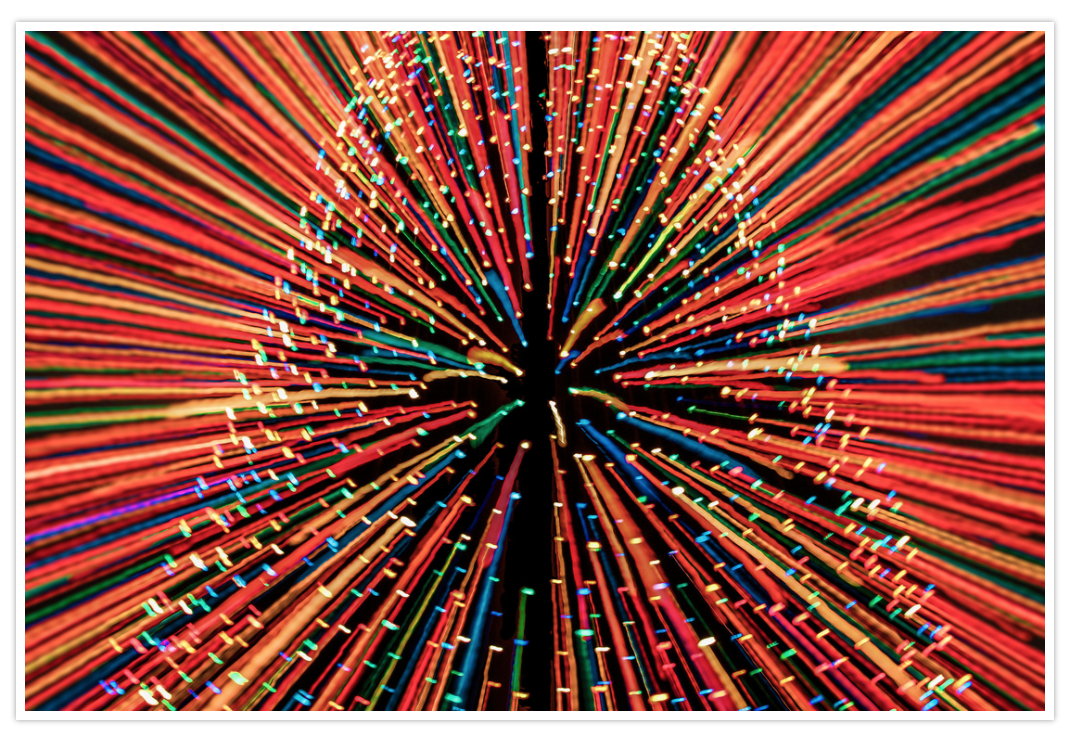 Contrasts in Action
Contrasts in Action
Thematic contrasts aren’t the only way to tell a story using opposites. Consider the actions of the people or objects in your images. Contrasts between fast-moving objects and objects that are stationary or moving slowly can help you create powerful imagery. What thoughts would you have when viewing an image of a car breezing past a horse-drawn carriage?
What about contrasts in emotion? For people that are interested in portraiture or candid photography, conflicting emotions are an excellent way to make viewers stop and ponder the meaning of your photographs. If you’ve seen images in which the subjects have contrasting emotions, then you’ve no doubt wondered why one person seemed sad in a room full of happy people, or why one person in the frame seems to be calm and observant while everyone else is frenzied. When you can find a contrast like this, viewers will automatically identify with the outlier because they’ll want to learn why that person’s demeanor is so different from everyone else in the photo.
There are hundreds, if not thousands of contrasts that you can use in your own art. As you create images, look not only for the contrasts between colors or lightness and darkness but also those contrasts that will give people a reason to consider the deeper meaning of your images.

